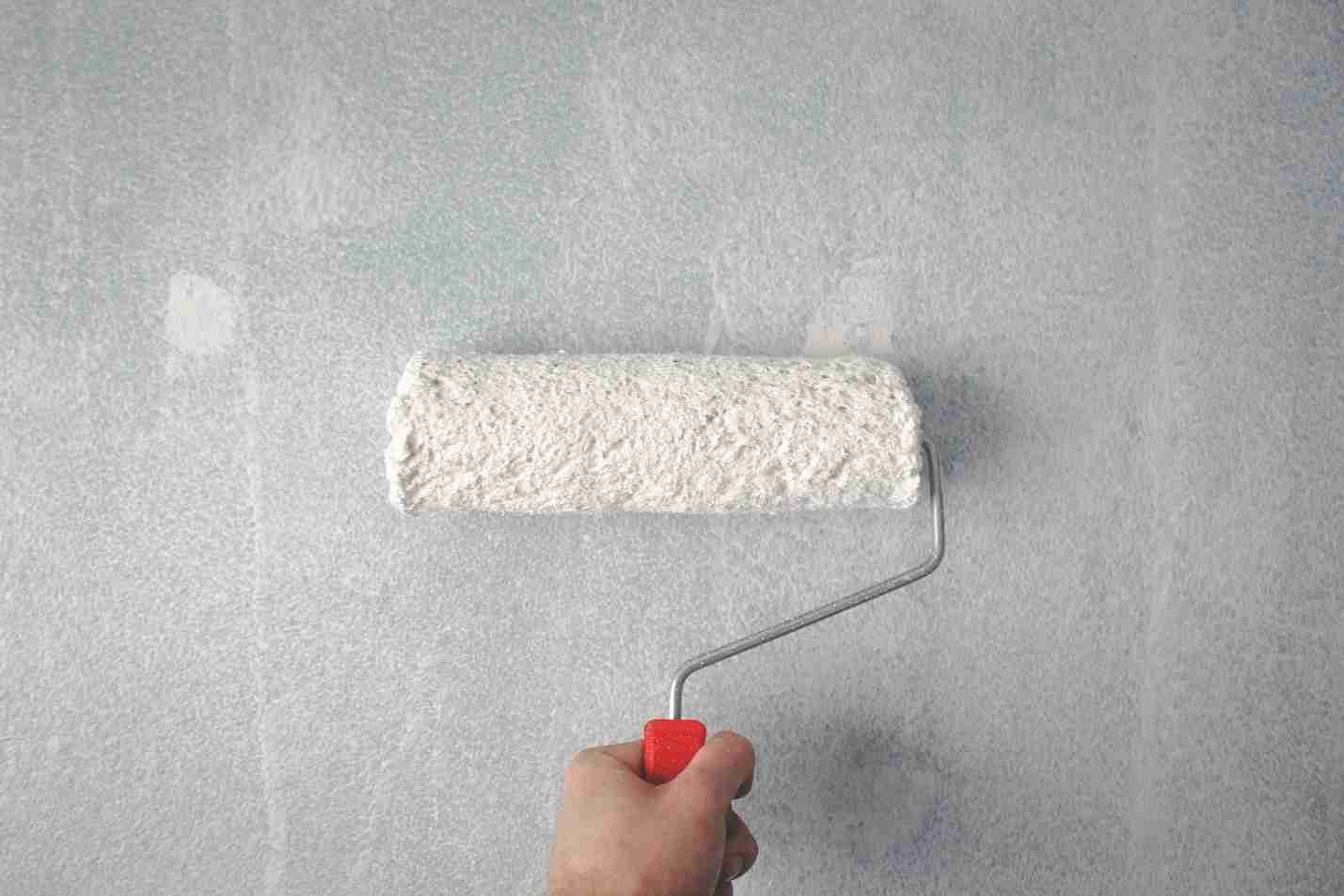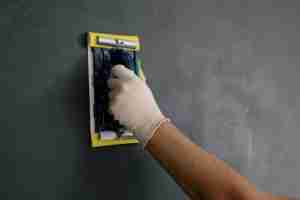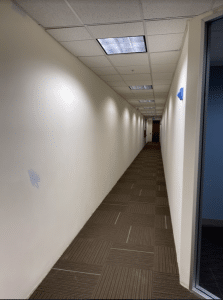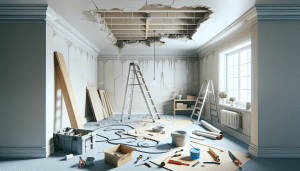Drywall, a common building material, is known for its affordability and versatility. However, it’s not immune to wear and tear. Over time, you may notice dents, holes, or cracks in your walls. While professional drywall repair is an option, there are budget-friendly hacks that homeowners can use to fix minor issues themselves. In this guide, brought to you by Utah Drywall and Repair, we’ll explore some cost-effective drywall repair hacks to help you maintain your walls without breaking the bank.
Drywall is a popular choice for interior walls due to its affordability, but it’s prone to minor damage. Knowing how to address these issues can help you save money and maintain the beauty of your walls.
Contents
Essential Tools and Materials
Before you start, gather the following tools and materials:
- Joint compound
- Putty knife
- Sandpaper
- Drywall tape (for cracks)
- Utility knife
- Primer
- Paint
Hacks for Common Drywall Issues
1. Nail Pops
- Hack: Reattach the drywall to the framing by driving a new screw or nail adjacent to the popped fastener. Cover with joint compound, sand when dry, and repaint if necessary.
2. Small Holes and Dents
- Hack: Fill small holes and dents with joint compound or patching plaster. Sand and repaint to match the surrounding area.
3. Cracks
- Hack: Fill cracks with joint compound, using a putty knife to smooth the surface. Sand when dry and repaint as needed. For larger cracks, use drywall tape before applying joint compound.
4. Peeling Paint
- Hack: Scrape off the peeling paint, sand the area, and prime it before repainting. Make sure to blend the new paint with the surrounding wall.
Tips for a Seamless Finish
- Feather the edges: When applying joint compound, feather the edges to create a seamless transition with the surrounding wall.
- Sand between coats: Sand the patched area between each coat of joint compound for a smoother finish.
- Prime before painting: Always prime patched areas before painting to ensure consistent color and finish.
Preventing Future Damage
- Maintain proper indoor humidity levels (30-50%) to prevent cracking and warping.
- Use proper anchors and supports for heavy items to avoid creating dents.
- Address plumbing or roof leaks promptly to prevent water damage.
- Insulate and weatherproof your home to minimize temperature-related damage.
Conclusion
Minor drywall issues don’t always require professional intervention. With the right tools, materials, and a bit of know-how, homeowners can tackle common drywall problems on their own, saving money and preserving the appearance of their walls. For expert drywall repair and advice, contact Utah Drywall and Repair at 801-406-6350 or visit our website drywallrepairutah.com. We’re here to assist you in maintaining your walls affordably and effectively.




